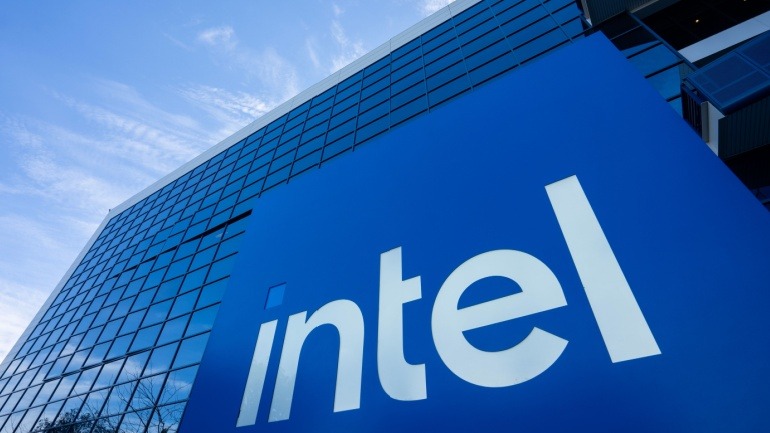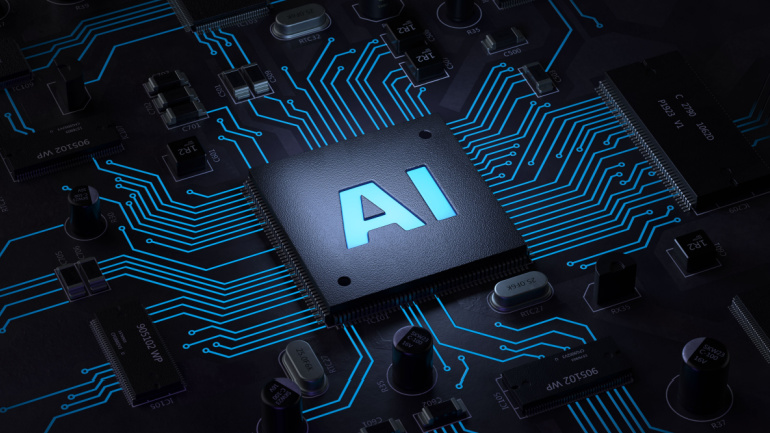Intel’s Technology Tour in Arizona unveiled their groundbreaking 18A process, revolutionizing semiconductor capabilities for upcoming Core Ultra series and Xeon processors. Through advancements like RibbonFET and PowerVia, Intel enhances VoIP solutions, ensuring better efficiency and connectivity. Industry investments underscore Intel’s strategic push in the U.S. semiconductor race.
Nine European nations have formed the “Semicon Coalition” to strengthen the continent’s semiconductor industry. The initiative, launched in Brussels, focuses on research, development, and production, aiming for self-sufficiency amid rising global investments.
The European Commission has approved €227 million to support ams Osram’s semiconductor plant in Austria. This facility will enhance Europe’s chip industry, reduce reliance on foreign suppliers, and produce advanced wafers for key sectors.
The U.S. Department of Commerce has tightened restrictions on China’s access to advanced semiconductors critical for military and AI technologies. New rules target manufacturing equipment, high-bandwidth memory, and compliance measures while adding 140 entities to the Entity List.
Tower Semiconductor and Adani Group are collaborating to build a $10 billion chip facility in Maharashtra, India. This ambitious project aims to boost domestic production of analog circuits and wafers, with initial output set at 40,000 wafers per month. Once fully operational, the plant will create over 5,000 jobs and enhance India’s semiconductor market presence.
Germany is investing €5 billion in a new semiconductor manufacturing facility in Dresden through the European Semiconductor Manufacturing Company (ESMC) initiative. The facility will leverage advanced technologies like FinFET and aims to reduce Europe’s dependence on U.S. and Chinese semiconductor imports. This strategic move promises to enhance Germany’s role in the global semiconductor industry.
Nexperia, a leading semiconductor manufacturer, has announced a $200 million investment to enhance its production capabilities at its Hamburg facility. The funds will be used to develop next-generation wide bandgap (WBG) semiconductors, such as silicon carbide (SiC) and gallium nitride (GaN), and to expand the production of silicon (Si) diodes and transistors.
Global revenue from AI semiconductors is projected to reach $71 billion in 2024, marking a 33% increase from the previous year, according to a recent Gartner report. Gartner also anticipates that AI-equipped PCs will constitute 22% of total PC shipments in 2024. By the end of 2026, all enterprise PC purchases are expected to feature AI capabilities.
The United Kingdom is set to enhance its semiconductor research capabilities significantly, following the government’s decision to join forces with the European Union’s Chips Joint Undertaking (JU). This collaboration marks a pivotal step in the UK’s efforts to strengthen its position in the global semiconductor arena, promising to inject new energy into its research and innovation sectors.
In a major development, AI semiconductor giant SAPEON is partnering with DOCOMO Innovations to boost AI services. Their focus ranges from Large Language Models to computer vision AI applications. The collaboration will leverage SAPEON’s latest AI semiconductor, the X330, expected to revolutionize sectors including finance and health. The high-performing X330 not only doubles its predecessor’s power efficiency but permits enhanced operations like voice recognition and automated responses.








